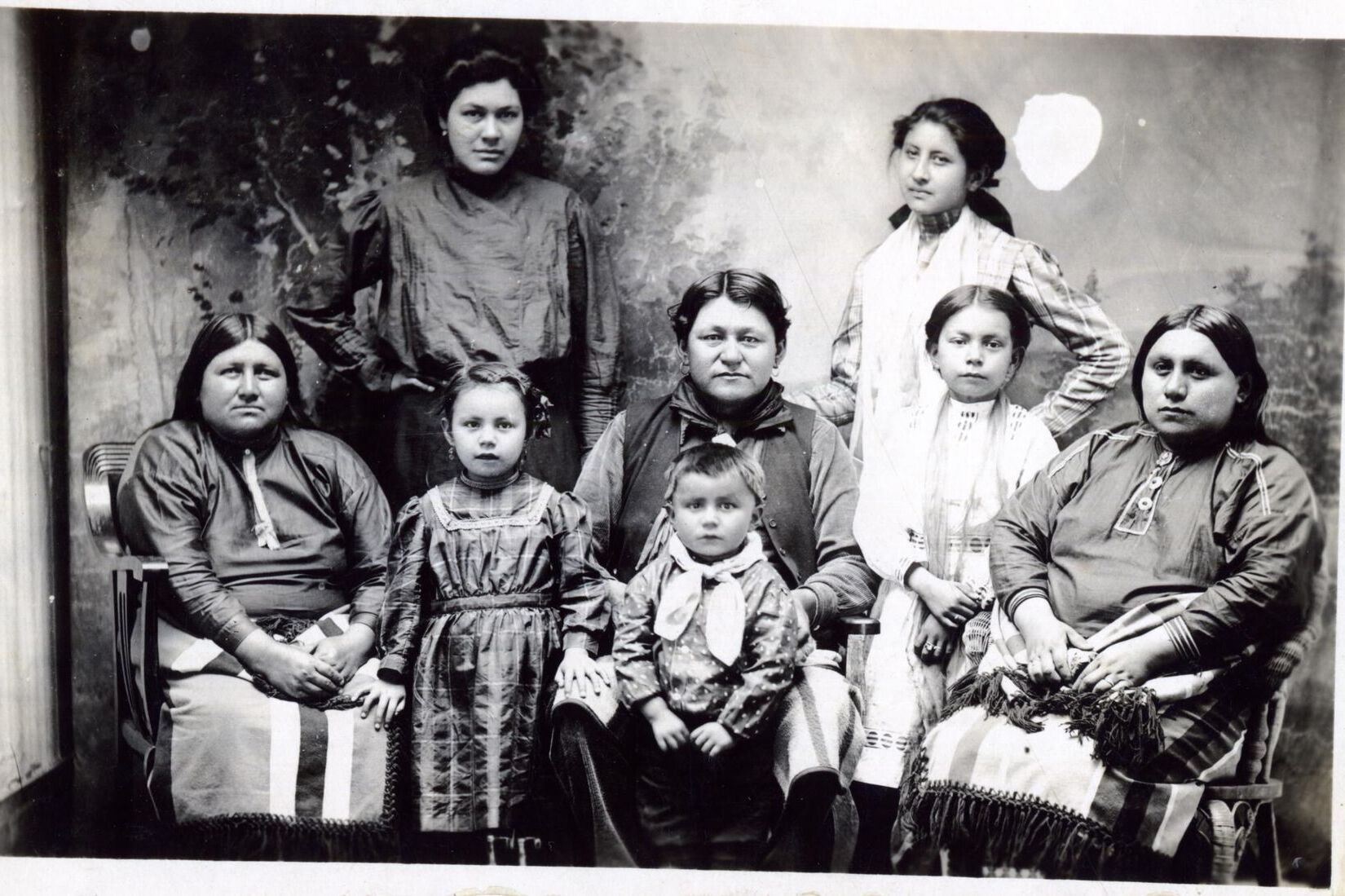
Who were the Osage Indian Murders? The Osage Indian Murders, also known as the "Reign of Terror," occurred in the 1920s when members of the Osage Nation in Oklahoma were mysteriously killed. These murders were driven by greed, as the Osage people had become incredibly wealthy due to oil deposits found beneath their land. Over 60 Osage individuals were murdered in a sinister plot involving local white settlers, law enforcement, and even doctors. The case eventually led to the involvement of the newly formed FBI, marking one of its first major investigations. This dark chapter in American history highlights the lengths to which some would go for wealth and power.
Key Takeaways:
- The Osage Indian Murders, also known as the "Reign of Terror," were a series of killings driven by greed for the Osage people's oil-rich land in the 1920s. The FBI's investigation led to justice and reforms in the guardianship system.
- The tragic Osage Indian Murders serve as a reminder of the dangers of unchecked greed and systemic racism, highlighting the importance of protecting the rights and sovereignty of indigenous peoples.
The Osage Indian Murders: A Dark Chapter in American History
The Osage Indian Murders, also known as the "Reign of Terror," occurred in the 1920s. This tragic period saw the systematic killing of Osage people in Oklahoma, driven by greed for their oil-rich land.
- The Osage Nation was relocated to Oklahoma in the 1870s after being forced from their ancestral lands in Kansas.
- In the early 20th century, oil was discovered beneath Osage land, making the Osage people incredibly wealthy.
- The Osage were granted "headrights," which entitled them to royalties from oil production on their land.
- By the 1920s, the Osage were among the wealthiest people per capita in the world.
- This wealth attracted criminals who sought to exploit and murder Osage individuals to gain control of their headrights.
The Start of the Murders
The murders began in the early 1920s, targeting wealthy Osage individuals. The killings were often brutal and involved various methods.
- The first known victim was Anna Brown, whose body was found in a ravine in 1921.
- Anna's death was initially ruled as alcohol poisoning, but later evidence suggested she was shot in the head.
- Mollie Burkhart, Anna's sister, lost several family members to mysterious deaths, raising suspicions.
- Many victims were poisoned, shot, or died under suspicious circumstances.
- The local authorities were often complicit or ineffective in investigating the murders.
The Role of the Guardianship System
The U.S. government imposed a guardianship system on the Osage, assigning white guardians to manage their wealth. This system was rife with corruption.
- Many guardians exploited their wards, stealing money and assets.
- Some guardians conspired with criminals to murder their wards and inherit their headrights.
- The guardianship system was supposed to protect the Osage but instead facilitated their exploitation.
- Corrupt guardians often manipulated legal documents to gain control of Osage wealth.
- The system highlighted the systemic racism and greed prevalent in the era.
The FBI Investigation
The Osage murders eventually drew the attention of the newly formed Federal Bureau of Investigation (FBI).
- The FBI was led by J. Edgar Hoover, who saw the case as an opportunity to prove the agency's effectiveness.
- Agent Tom White was assigned to lead the investigation.
- White and his team used undercover agents to gather evidence and infiltrate criminal networks.
- The investigation revealed a vast conspiracy involving prominent local figures.
- The FBI's work led to several high-profile arrests and convictions.
Key Figures in the Conspiracy
Several individuals played significant roles in the conspiracy to murder Osage people for their wealth.
- William Hale, a wealthy cattleman, was a central figure in the conspiracy.
- Hale orchestrated the murders of several Osage individuals, including his own relatives by marriage.
- Ernest Burkhart, Hale's nephew, was implicated in the murders and later testified against his uncle.
- John Ramsey, a local outlaw, was hired by Hale to carry out some of the killings.
- The conspirators used various methods, including poisoning and staged accidents, to carry out their crimes.
The Aftermath and Legacy
The Osage murders had a lasting impact on the Osage Nation and American society.
- The convictions of Hale and his accomplices brought some measure of justice to the Osage people.
- The case led to reforms in the guardianship system and greater oversight of Native American affairs.
- The Osage Nation continues to honor the victims and educate future generations about this dark period.
- The murders highlighted the need for federal intervention in cases of systemic corruption and violence.
- The story of the Osage murders has been the subject of books, documentaries, and films, ensuring it is not forgotten.
Modern Reflections
The Osage Indian Murders remain a poignant reminder of the dangers of unchecked greed and systemic racism.
- The Osage Nation has worked to reclaim and manage their resources independently.
- Efforts to preserve Osage culture and history have intensified in recent years.
- The murders are a stark example of the exploitation faced by many Native American communities throughout history.
- The case underscores the importance of protecting the rights and sovereignty of indigenous peoples.
- The legacy of the Osage murders continues to influence discussions on justice, equality, and historical memory.
Final Thoughts on Osage Indian Murders
The Osage Indian Murders remain a dark chapter in American history. These tragic events highlight the greed and corruption that plagued the early 20th century. The Osage people, once wealthy due to oil discovered on their land, faced betrayal and violence from those they trusted. Law enforcement, including the newly formed FBI, eventually stepped in, but not before many lives were lost. This period serves as a stark reminder of the importance of justice and the need to protect vulnerable communities. By understanding this history, we can ensure such atrocities are never repeated. The resilience of the Osage Nation stands as a testament to their strength and spirit. Remembering these events honors the victims and educates future generations about the consequences of unchecked greed and prejudice.
Frequently Asked Questions
Was this page helpful?
Our commitment to delivering trustworthy and engaging content is at the heart of what we do. Each fact on our site is contributed by real users like you, bringing a wealth of diverse insights and information. To ensure the highest standards of accuracy and reliability, our dedicated editors meticulously review each submission. This process guarantees that the facts we share are not only fascinating but also credible. Trust in our commitment to quality and authenticity as you explore and learn with us.


